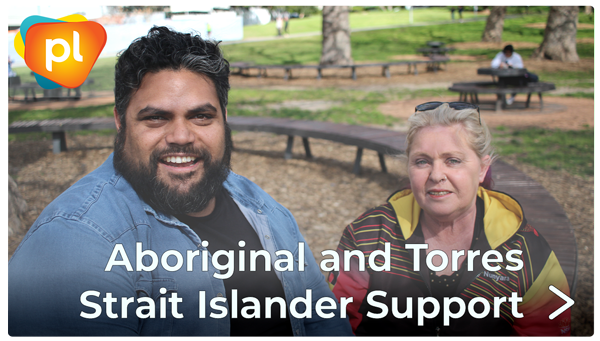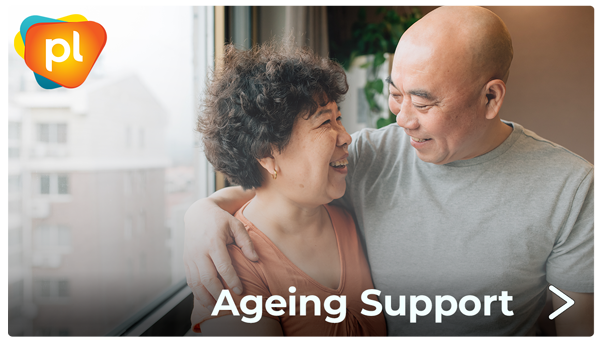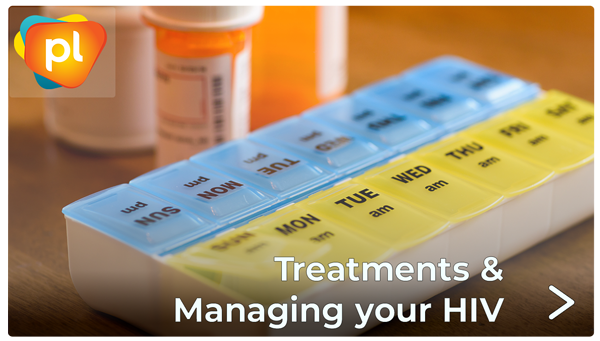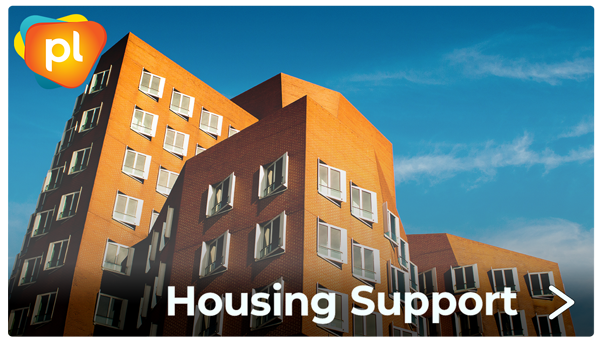
The time lag between diagnosis and starting treatment is shortening. Some of us can remember a time when the Australian HIV Treatment Guidelines recommendations were to wait until your CD4 count was 350 or below.
History however shows us that the International and Australian HIV Treatment Guidelines have been incrementally revised upward to higher and higher CD4 counts. Firstly it was treat below 350, then 500, and now the recommendation is to start at any CD4 count. Research is increasingly showing that treatment commencement very soon after diagnosis (i.e. immediate) is recommended as your best course of action, not only for your health, but also to prevent the transmission of HIV to your sexual partners.
So, what’s the difference between immediate and early treatment? ‘Early’ treatment is usually defined as starting treatment within six months of diagnosis. The definition of ‘immediate’ is less clear. Basically, it’s initiating treatment as soon as possible after diagnosis, and ideally within two to four weeks. There’s a number of important issues for people starting treatment to consider: tests to determine what drugs work best for you and not produce allergic reactions; the results of your HIV viral load and CD4 cell counts; tests to identify your predisposing risks factors for developing side effects from the drugs; working out the best drug combination to start on; and allowing enough time to get your head around the diagnosis.
Understandably, HIV doctors are reluctant to pressure anyone to start before they are ready, and we know that if this happens, it just doesn’t work. Taking HIV treatment is a lifetime commitment and we need to be ready to make the commitment. However, people diagnosed with HIV increasingly want to treat and to feel empowered to take control of HIV. We hear that many people just want to get the treatment decision out of the way and behind them and to move on and come to terms with the diagnosis.
We’ve known for some time that HIV is doing damage from the time you contract HIV. Results from the START study show that people who initiate treatment immediately after diagnosis while their CD4 cell count is still high (rather than waiting until it falls below 350) have significantly lower risk of illness and death. The study also suggests that even in people with high CD4s, there’s a hole in the immune system that is caused by the virus. Treatment is able to fill the immune gaps at least partially, but even fully suppressive therapy may not be able to completely reverse the immune damage once it’s done. So, stopping viral replication immediately after diagnosis is extremely important.
The immediate starting of HIV treatment for people aged 45 and over is of particular importance. A recent study has shown that delaying treatment can have especially serious consequences for middle-aged and elderly people diagnosed with HIV. According to research published in Clinical Infectious Diseases, it was found that people diagnosed with HIV aged between 45 to 65 years who started treatment at lower CD4 counts (350 or 200) had higher mortality rates compared with people who started treatment when their count was around 500 CD4.
In San Francisco (a city like Sydney which has been hit hard by HIV) a program called RAPID has been rolled out offering HIV therapy on the same day as people are diagnosed. It’s led to high rates of treatment uptake and viral suppression. The RAPID initiative speeds up the process by collapsing some of the health care process steps. Instead of multiple visits, the clinical and social care steps are consolidated into a single visit. We have heard that people in the program are more empowered by protecting their health and not transmitting HIV. It appears that the stress associated with a decision to go onto treatment is quickly overcome. The program also sorts out problems in relation to homelessness, poverty, substance use and support for mental health issues – a wraparound health care service for people diagnosed with HIV.
So, I think the evidence is clear and compelling. If you are diagnosed with HIV, get on treatment immediately. I would certainly start treatment as quickly as possible if I were diagnosed today. Eventually you’ll need to make the treatment decision and there seems little benefit in waiting, other than having enough time to adjust to your diagnosis and make a decision to commit for life to treatments. After all, if you contract other infectious disease, like STIs, treatment is initiated quickly. It seems logical and common sense that HIV be treated in a similar way.
Lance Feeney
Published for Talkabout Online #184 – October 2015






